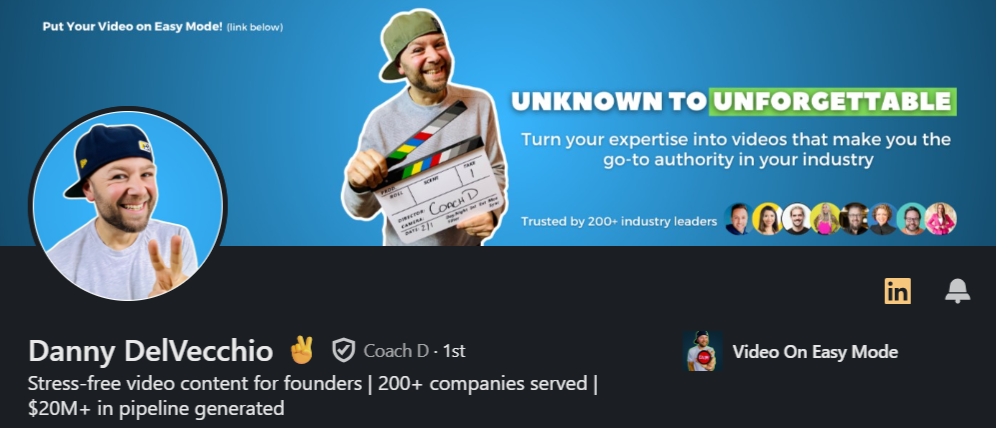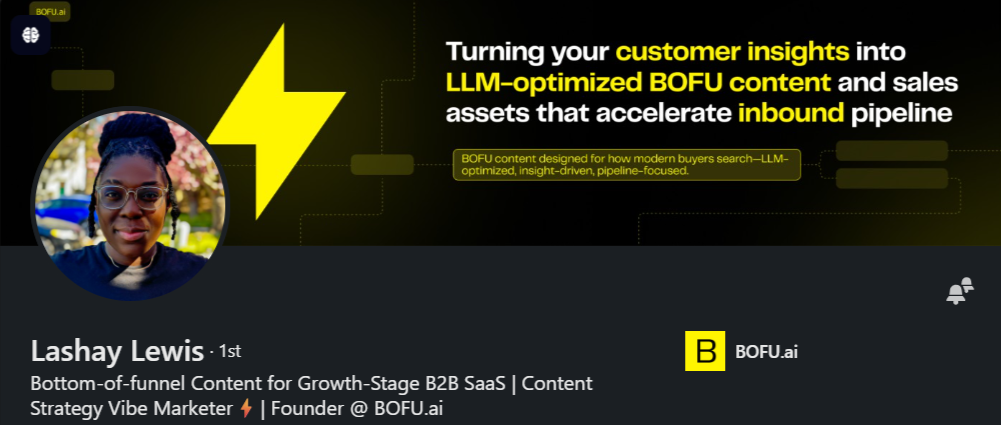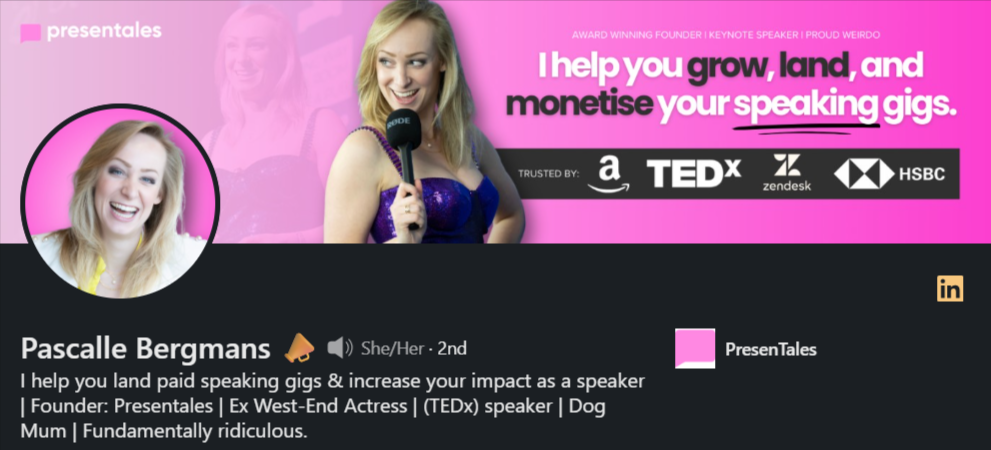🚀 TL;DR
- Clients rarely reject your price—they reject unclear or weakly communicated value.
- When someone says “you’re too expensive,” it often means: “I don’t understand why you’re worth it.”
- A sharp value proposition makes clients pre-sold: they “get it” before you even talk numbers.
- Create value propositions by defining your Lighthouse Client, clarifying pains & outcomes, highlighting your unfair advantage, and proving your claims with specific evidence.
- Use a clear formula like “We help [who] achieve [outcome] without [pain] because [unique mechanism]” and test/iterate until price objections fade.
Prospects rarely reject you because of your price. They reject unclear value.
From working with hundreds of founders over two decades, they consistently lower their rates when they should be raising their voices about the value they deliver. Price objections aren't about numbers—they're about storytelling failures.
When someone says, "You're too expensive," they're really saying, "I don't understand why you're worth it."
The most successful consultants, solopreneurs, and agency founders I've mentored don't win by having the lowest prices. They win by having the clearest value proposition—making clients nod and say, "I'd be crazy not to hire you."
Let's fix your value proposition so price objections become a thing of the past.
What is a value proposition?
Your value proposition is a clear statement that explains how your service solves clients' problems, delivers specific benefits, and tells them why they should choose you over the competition. It's the primary reason a prospect should buy from you.
But most value propositions fail spectacularly. They focus on what you do instead of what clients get. They use industry jargon instead of speaking to pain points. They talk about features when clients care about outcomes.
The best value propositions act as a filter that attracts your ideal clients and repels the wrong ones.
When your value proposition is sharp, it creates what I call "pre-sold clients"—people who come to you already convinced of your worth before you even mention your price.
Think about it: When was the last time you questioned the price of something you genuinely believed you needed?
How to write a value proposition in 5 steps
Creating a compelling value proposition isn't about creativity or clever wordsmithing. It's about clarity and specificity.
Here's my step-by-step process that's helped hundreds of service providers command higher prices:
Step 1: Define your Lighthouse Client
Every strong value proposition starts with knowing exactly who you're talking to. I call these ideal clients your "Lighthouse Clients" because they guide all your business decisions.
For each Lighthouse Client type, identify the top three pains that cost them significant time and money or create substantial risk. These aren't minor annoyances—they're expensive problems.
For example, a fractional CMO working with SaaS companies might identify:
- Marketing initiatives that don't convert to sales ($100K+ wasted spend)
- Long sales cycles delaying revenue recognition (3-6 month delays)
- Misalignment between marketing promises and product reality (churn risk)
Don't rush this step. The deeper you understand your client's pains, the more powerful your value proposition becomes.
Step 2: Pinpoint their pains and desired outcomes
Next, translate these pains into concrete outcomes your clients actually want. Too many consulting firms talk about their "approach" or "methodology" when clients want results.
For each pain point, articulate:
- The specific outcome they want instead
- A measurable way to track improvement
- The emotional benefit of achieving this outcome
That fractional CMO might translate the pains into:
- Qualified demo requests from perfect-fit prospects (25% increase)
- Shortened sales cycle from 90 days to 45 days
- Product messaging that sets realistic expectations (reducing churn by 15%)
When you frame outcomes this way, your value becomes concrete rather than conceptual.
Step 3: Hone in on your unfair advantage
Your unfair advantage is what competitors can't easily copy. It's what makes you distinctively valuable to your Lighthouse Clients.
Ask yourself: What do I have that others don't? This could be:
- Specialized data or insights
- A proprietary methodology
- Unique experience or credentials
- Unusual speed or accessibility
- Niche-specific knowledge
- Results guarantee that others won't offer
For example, as an agency owner, you might realize your process isn't your unfair advantage (which competitors could copy) but your unusual background combining financial services and behavioral psychology.
Document your unfair advantage clearly. It's the "because" in your value proposition that justifies your premium pricing.
Step 4: Assemble proof and specifics
Claims without evidence fall flat. Your value proposition gains power when you back it with specific proof.
Gather concrete evidence like:
- Client results with actual numbers (not rounded or vague)
- Before/after comparisons
- Named client logos and testimonials
- Industry benchmarks you've exceeded
- Process details that explain your approach
- Guarantees that reduce client risk
The more specific your proof, the more believable your value proposition becomes. Here's an example from my own business:

Step 5: Draft your unique value proposition
Now you have the building blocks to construct your value proposition. The classic formula I recommend is:
"We help [WHO] achieve [PRIMARY OUTCOME] without [HATED PAIN] because [UNFAIR ADVANTAGE/MECHANISM]."
This isn't the only format that works; it ensures you cover the critical elements. Let's see it in action with three real examples from solopreneurs I mentored who eliminated price objections.
3 examples of a good, unique value proposition for one-person businesses
1. Danny Delvecchio
Danny is a video marketing consultant who helps founders create engaging video content. His original positioning was generic: "Video content creation for businesses."
After refining his value proposition, he now says:
Notice how Danny specifically calls out the pain (stress, expense, awkwardness) while highlighting his unique background and proven results. His LinkedIn profile shows the transformation:

Since implementing this value proposition, Danny reports that prospects rarely question his rates—they're too focused on the outcomes he delivers.
2. Lashay Lewis
Lashay runs BOFU.ai, helping B2B SaaS companies create bottom-of-funnel content. Her original value proposition focused on "content marketing services."
Her refined value proposition now reads:
Lashay's value proposition addresses a specific business challenge (accelerating pipeline), removes a common objection (operational complexity), and highlights her specialized approach for modern buyers:

By focusing on pipeline acceleration rather than just "good content," Lashay reframed her service from a marketing expense to a revenue driver. Her rates now reflect this value positioning.
3. Pascalle Bergmans
Pascalle helps experts land speaking engagements. Her original positioning was centered on "presentation coaching."
Her refined value proposition:
Pascalle's proposition speaks directly to the emotional and practical challenges of pursuing speaking opportunities while highlighting her unique dual background:

By shifting from "presentation coaching" to "monetizing speaking gigs," Pascalle transformed her service from a nice-to-have skill builder to a revenue-generating investment. Her clients now see her fees as a pathway to earnings, not just an expense.
5 tips to write a good value proposition
Based on my experience working with hundreds of consultants and service providers, here are my key principles for crafting value propositions that eliminate price objections.
Lead with pain, not your service
The fastest way to capture attention is to articulate your client's problem better than they can themselves. This demonstrates profound understanding and immediately differentiates you from competitors who lead with features.
When you nail this, clients think, "This person gets it—they understand exactly what I'm struggling with."
For example, instead of "We provide SEO services for law firms," say "We help law firms stop wasting money on Google Ads that attract non-qualifying leads and start ranking for searches that bring case-ready clients."
The first statement focuses on what you do. The second focuses on what they're experiencing and want to fix.
Make the customer the hero
Your value proposition should position the client as the hero of the story, not you. This subtle shift dramatically changes how prospects perceive your pricing.
Frame your service as the tool that helps them achieve what they already want, rather than something you're trying to sell them.
Instead of "Our proprietary methodology improves conversion rates," try "You'll convert more qualified prospects into clients without spending more on advertising."
Notice how the second version puts the client in the driver's seat. They remain the hero; you're just providing the map and vehicle.
Strip out jargon
Every industry has its specialized language. While it might make you sound knowledgeable, jargon creates barriers to understanding. If prospects don't immediately grasp your value, they'll focus on your price instead.
I've seen countless consulting websites filled with terms like "paradigm shifts," "synergistic approaches," and "transformative methodologies." None of these tells clients what they'll actually get.
Test your value proposition by sharing it with someone outside your industry. If they can't explain it back to you in simple terms, it's too jargon-heavy.
Remember: confusion never leads to conversion. Clarity leads to clients.
Bake in your unfair advantage
The most compelling value propositions contain an element that competitors cannot claim. This could be your background, methodology, data, or specialized focus.
For example, in Bergman's case, no one else has the experience she had as an actress. So, she was uniquely qualified to help people show up as their best selves during public speaking gigs.
Suddenly, their prices seemed reasonable compared to the risk of hiring an agency whose beautiful ideas might never see the light of day.
Test systematically
The biggest mistake I see with value propositions is treating them as permanent. The strongest value propositions evolve through deliberate testing and refinement.
Set up a system to test variations of your value proposition across:
- Your website's headline and key pages
- Social media profiles and posts
- Sales call openings
- Proposal documents
- Email signatures
Track which versions generate the most engagement, inquiries, and conversions. Don't rely on gut feeling—use actual client responses to guide refinement.
From price objections to value conversations
When your value proposition makes price objections disappear, you've accomplished something remarkable: you've shifted the conversation from cost to value.
This doesn't happen by accident. It happens when you deeply understand your clients' challenges, articulate them clearly, and position your service as the bridge between their pain and their desired outcome.
The consultants who thrive aren't those with the lowest prices or the fanciest websites. They're the ones who communicate their value so effectively that pricing becomes secondary to the transformation they provide.
As I tell my clients, when someone says you're too expensive, they're not telling you to lower your price. They're telling you to hone in on your value proposition.

